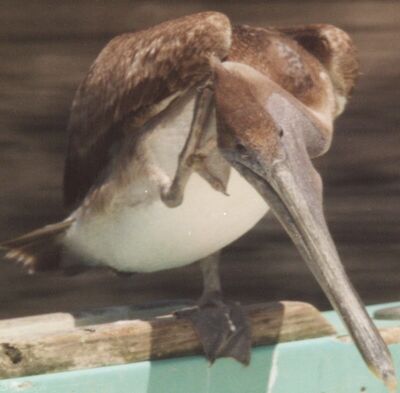Proper distance for viewing image
Nov 15, 2020 20:14:05 #
cbtsam wrote:
I've read somewhere that the "proper" di... (show quote)
Once viewing some Weston beach nudes I moved closer & closer. Up close I discovered the model had goose bumps. The Pacific waters must have been quite chilly.
Nov 15, 2020 21:56:16 #
wrangler5 wrote:
I think I remember reading, way back in my film da... (show quote)
I think you are correct. A lot of 'advanced' dof calculators will add fields for print size and viewing distance. The circle of confusion enlarges along with the print. https://www.photopills.com/calculators/dof-advanced
Nov 16, 2020 01:18:55 #
cbtsam wrote:
I've read somewhere that the "proper" di... (show quote)
If I'm in a gallery, I'm usually comfortable with "normal" viewing distance, which is what , 8 70 10 feet. Asmallimage (say letter size) would demand a closer scrutiny, maybe just a couple f feet. I have no rule, it'swherever I'm comfortable. Here at home, I'm maybe 18 inches (give or take) from my computer creen. I may lean forward slightly but I've never got up to move farther (or is it further???) away. Harry
Nov 16, 2020 12:03:46 #
E.L.. Shapiro wrote:
"Photograph viewing distance br Photographs ... (show quote)
As usual, E.L., very interesting. Using your approach, what happens when, as in the image that brought all this up for me, I shoot with a 105mm lens on a full frame camera, and get a little close but not very, so that the material being photographed is about 10" x 15" and relatively flat - a bunch of leaves on the ground - and I view it at slightly larger than life size, say 12" x 18", almost full screen on my 27" iMac. At what distance do you imagine I'm advised to look at it to see the whole thing "appropriately?"
Again, a friend saw the image one way full screen and about 2 feet away, and very differently when he viewed it significantly smaller.
Nov 16, 2020 12:55:04 #
It depeneds upon what you are looking for. Total appearence or very special items. Art critics (of paintingws) sometim4es examine individual brush strokes. There is no Proper viewing distance
Nov 16, 2020 19:23:39 #
cbtsam wrote:
As usual, E.L., very interesting. Using your appr... (show quote)
If you go by the math- somewhere between 20 inches and 2 feet. If however, it is as you say, relatively flat, there is not a matter of perspective. If it is a horticultural or scientific illustration the size or scale, "larger than life" would be an issue. If there are important fine details that are of significance, it might have to be viewed at a closer distance to reveal all the texture mad detail, etc. If it is simply an artistic rendition the size and viewing distance is a matter of taste and style. Is it literal or abstract? Is t large enough to have a visual impact? Is small enough to be comfortably viewed in a book or other publication? These are practical questions and considerations. If it is going to be displayed in a gallery, public space, or some kind of showcase, you need to consider what space and average viewing distance will be and print accordingly. You may have to work backward from the viewing conditions.
As I mention, in my own work, it a matter of display application and practical viewing distance. I am larger than life head size in a portrait view at a close distance can seem overbearing and even grotesque. I set of pearl earring, printed the size of a truck tire, may seem normal on a highway billboard viewed from hundreds of years away.
Then there's the question of viewer impact. I did a portrait of a chief of police that initially was used in various publications and an 11x14 portrait in the lobby of the headquarters building. Several years later a new headquarters building was named for that former chief and they ordered a 30x40 print for the executive floor board room. It is a 3/4 length portrait of the officer sitting in a stately chair with the national and municipal flags and a library shelf in the background. The folks that commissioned the portrait said the liked the image in the printed matter and the small portrait in the hallway, but when they saw the large image they were in awe- they said "it was he was there, sitting in the room with us and all his character came through.
If you want to reply, then register here. Registration is free and your account is created instantly, so you can post right away.



